‘I don’t know if there is a better method in the world’Drawing gnarly old vines in the vineyards of Italy, France, Tunisia and Greece led agronomist Marco Simonit to wonder why some vines lasted for centuries while others died well before reaching their prime. The Friuli-based master pruner concluded that the severe pruning methods used in modern, high-density vineyards were the root of the problem, with the wounds creating gateways for diseases and the desiccation cone blocking the sap flow.
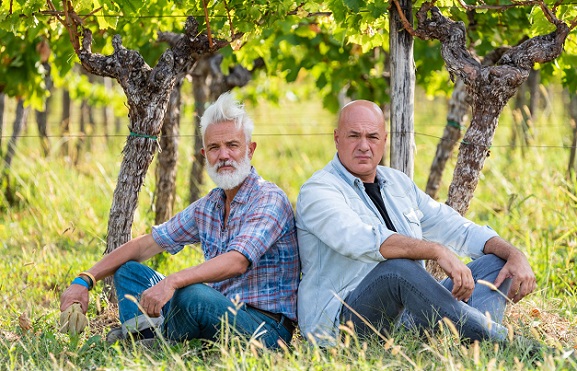
Teaming up with childhood friend and fellow agronomist Pierpaolo Sirch, they launched Simonit&Sirch in 2003 to train vineyard crews in the Simonit&Sirch Method of branch-pruning.
This gentler and more sustainable vine training strategy, which prioritises small cuts on young wood and the uninterrupted flow of plant sap, has elevated pruning to an artisanal craft and revolutionised the cane-cutting in some of the world’s best-known vineyards. The rollcall of converts has unfurled from Italy to France to California and now also includes wine estates in Germany, Austria, Croatia, Australia, Chile, Argentina and South Africa.
Their clients’ shared goal, according to Marco, is “long-lived, healthy and strong plants, which are able to resist disease and deterioration caused by incorrect management of the vineyard, from errors in pruning (which encourage diseases such as esca), and from climate change”.
After taking the free Simonit&Sirch master pruner courses online, I asked Marco some further questions…
‘The forms of farming which allow for branching are less affected by trunk diseases than those without branching’Canopy: Are vine trunk diseases the result of poor pruning?
Marco: “The incidence of diseases seems to be linked to the climate and the sensitivity of the vine, as well as the farming and pruning techniques used. A study by the University of Bordeaux (Lecomte, 2018) showed that the forms of farming which allow for branching are less affected by trunk diseases than those without branching. After each cut, a desiccation cone is formed under the wound, that is proportional to the diameter of the wound. Large wounds cause dry wood to deepen at the expense of the living wood. The combination of these dry wood areas creates disturbances to the sap flow. These are all factors which lead to the development of trunk diseases. Traditional cutting techniques often involve large or small cuts which are localised. However, both create large portions of dry wood and therefore a progressive deterioration. This can lead to the development of trunk diseases.”
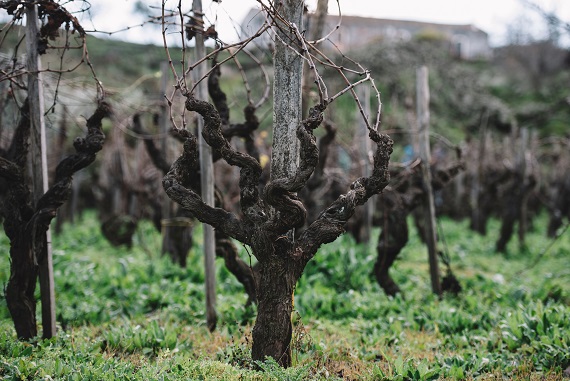
Can switching to the Simonit&Sirch Method save old vines that have been poorly pruned for years?
Marco: “On asymptomatic plants, the conversion from traditional pruning methods to the Simonit&Sirch Method can certainly promote the longevity of the vine. It is always possible to start pruning better.”
How did you get the idea that branching was the best method?
Marco: “Observing the old branched vines. In particular the old bush vines – in Puglia, in the south of France, in Tunisia and Greece. These plants had large arms. I wondered why these plants were alive and in such good health after so many years while those grown without branches had great problems and a compromised longevity. Even in traditional forms of farming, such as pergolas or tendone, they have the same characteristics.
“Then I was inspired by big trees. If you look closely at large plants you will find ramifications: primary, secondary, tertiary and so on. From there I tried to apply the concept to the vine and to the vertical shoot positioning (VSP) shapes (guyot and spurred cordon). Man needed to contain plants in space. The defined shapes had somehow restricted the natural forms of these plants, leading to the problem arising. Adapting these concepts to the VSP training forms led to the creation of the principles of the method.”
I was taught to ‘concentrate the goodness in the head’. I now realise that is wrong as it leads to too many pruning wounds in the head. How do I change to branching?
Marco: “Eh, it’s a difficult question. You have to evaluate the condition of the plant. In general, I can tell you that somehow it needs to be bypassed. Look for watershoots just below the head. We can start with the new branches from there. Exclude the head with compromised wood – this is the basis of the conversion. The conversion technique, in which various cases will be addressed, will be the subject of one of our courses in the Vine Master Pruners Academy, available from the end of 2021.”
'If you return to respecting the sap flow, the benefits are evident from the first season'How long will it take to make good the damage that’s already been done?
Marco: “It must be noted that the plants react well very quickly: if you return to respecting the sap flow, the benefits are evident from the first season. In particular, the uniformity of the budding, the development of the shoots and the general vigour of the plant. Then, year after year, the improvement is consolidated and, if supported by correct farming practices, it can lead to the plants returning to a healthy state again.”
What’s the Simonit&Sirch Method for new vines?
Marco: “The construction of a new plant is essentially based, in addition to the principles of the method, on an assumption that the plant is built progressively and not all at once. Only in this way will the foundations be laid to be able to increase the amount of wood, enlarge the trunk and branches and accumulate living wood.”
What’s the ideal training method for vines?
Marco: “There is no ideal form of training: it is linked to the characteristics of the vine, the climate, the oenological objectives and the winemaking tradition. What is important to know is that the four principles of the Simonit&Sirch Method can be applied to all forms of training.”
These four fundamental principles are:
- BRANCHING – shaping the structure
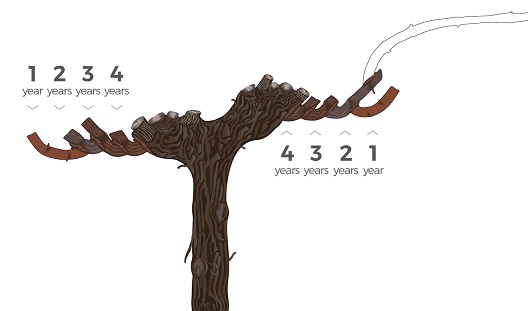
- RESPECTING VASCULAR FLOW – through the structure of the plant and separating desiccated areas from the main vascular flow
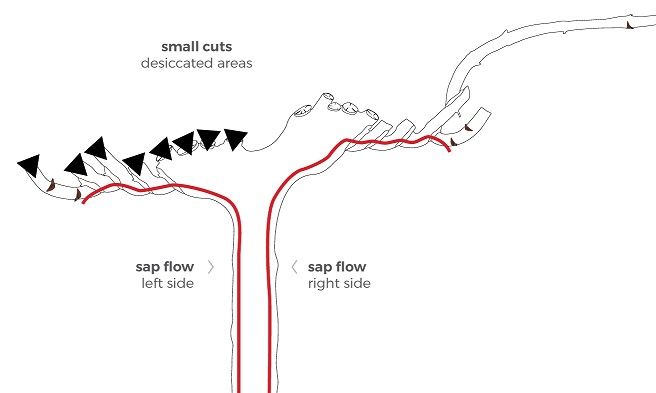
- CUTS AND CROWNS – reducing cutting surfaces and respecting the crowns
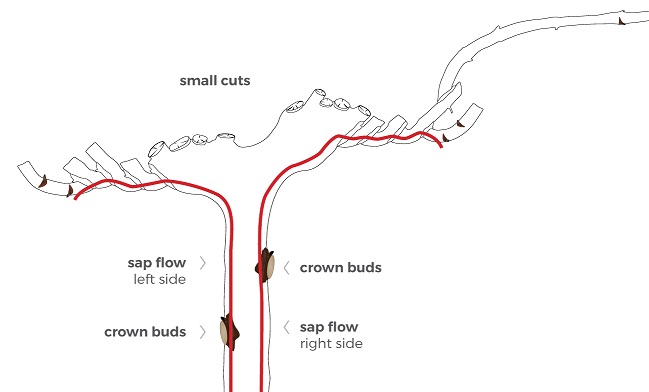
- PROTECTIVE WOOD – leaving a portion of protective wood when cutting on two-year-old wood
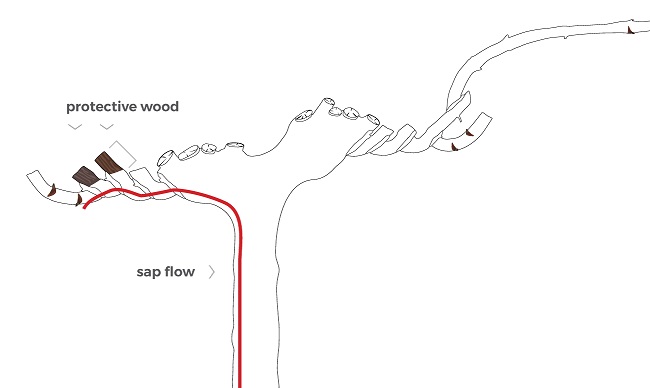
Guyot and cordon seem to be the most popular vine-training systems but are goblet and pergola better for vines?
Marco: “The VSP shapes, consequently the guyot and spurred cordon trained plants, were necessary for the mechanisation of the vineyards. However, by forcing the plants into defined spaces, the pruners put into practice a geometric pruning, without considering the physiology of the plant. By following our method it is, however, possible to obtain a controlled growth of the plants that respects their physiology, as well as the spaces defined by the training system.”
What is the best way to sum up the Simonit&Sirch Method?
Marco: “If I had to choose a single word I would choose ‘respect’ – respect for plants, for man and for the surrounding nature. All this can be summed up with ‘know-how in the vineyard’.”
Can there really be one method that’s best for all the world’s vines?
Marco: “We can adapt the principles of the method to every plant and every form of training in the world. Applying the method does not only mean following the rules, but also adapting them in compliance with each plant, the shape, the variety and the environment in which it is grown. And also of the ‘maison’ style. In short, having a method to respect and enhance diversity.
“We can do a lot to improve the life of our plants. We understand that we owe them respect. I don’t know if there is a better method in the world but, for sure, there are concepts that we have understood and that we must apply if we want to do something to improve.”
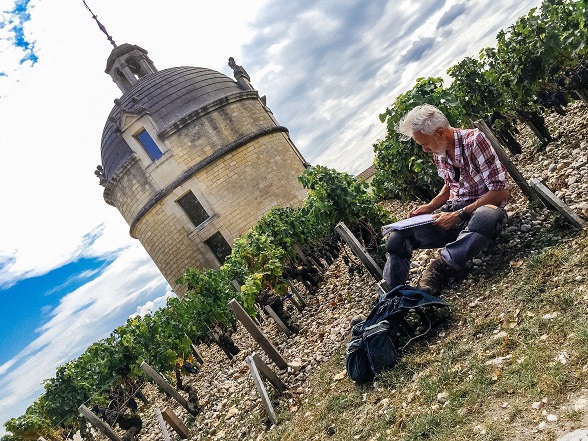
How did you become so interested in vines?
Marco: “When I started drawing them. In my childhood I loved drawing animals and plants. At the time I was not so interested in the farming aspect, I was interested in their shape. Drawing plants, I got passionate...”
How has the Covid-19 pandemic affected your work?
Marco: “It is more difficult to travel. We understood how important it was to have a team in the area but we began to make the most of new technologies: conference calls, remote communication and then we started a project that had been in the pipeline for some years. From this year, the Vine Master Pruners Academy is open. The first online resource dedicated to vine training and pruning. Finally, we were able to reach and share our experiences with all pruners in different parts of the world. A kind of big house for all pruning girls and pruning guys.”
'Trunk diseases remain hidden until a certain age'Are grapevine trunk diseases the new phylloxera?
Marco: “They are very different things, phylloxera was a devastating event that caused the death of many plants, with an impressive speed. Trunk diseases are subtle, they settle in plants and remain hidden until a certain age. Then, just when the quality of the grapes begins to increase, they manifest – with a progression of dead plants estimated at 2% per year. Replacing a 20-year-old plant is a significant economic burden. Think about how much time and resources it will take to produce wine of the same quality again. Thus, multiply them by the number of plants that are lost every year in one hectare. That gives you the idea of the quantifiable loss incurred!”
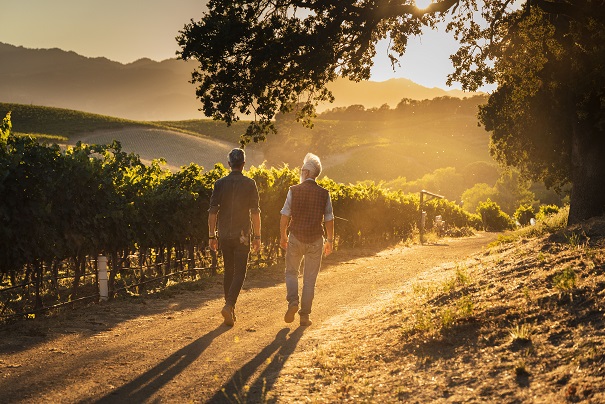


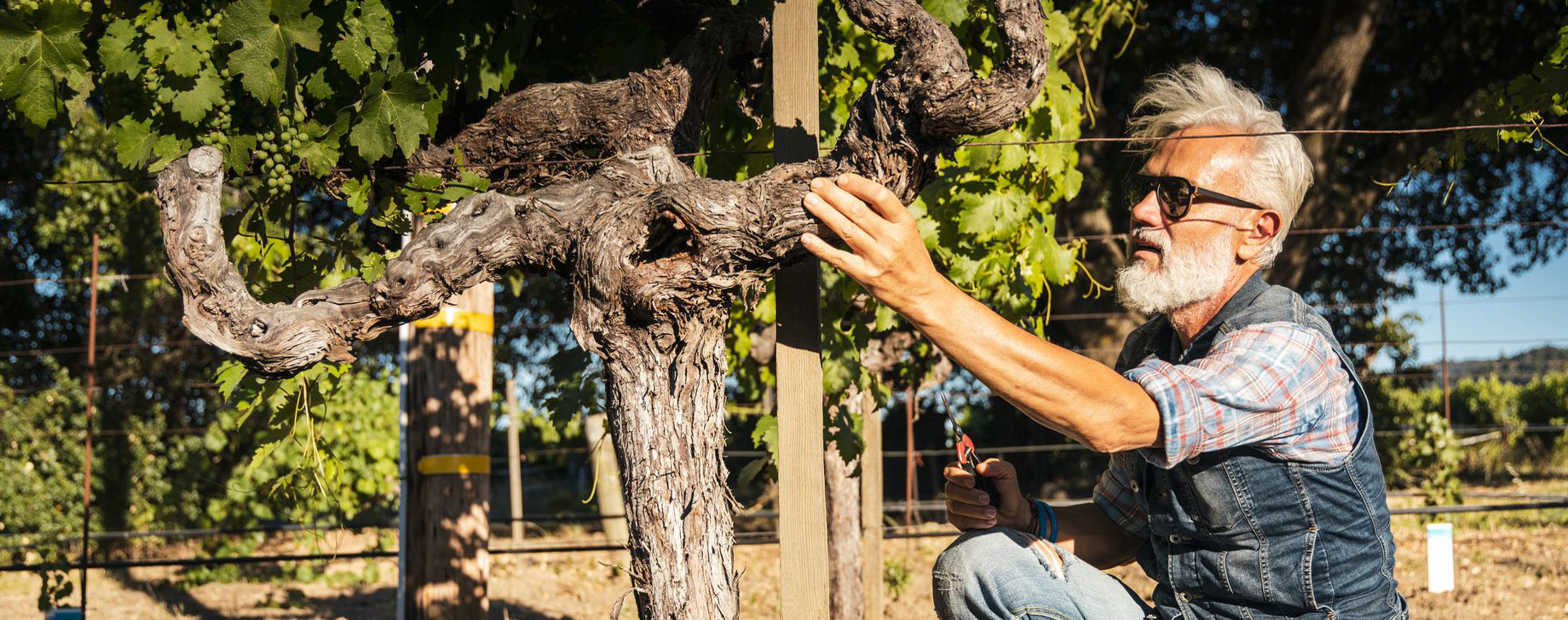










.png)






